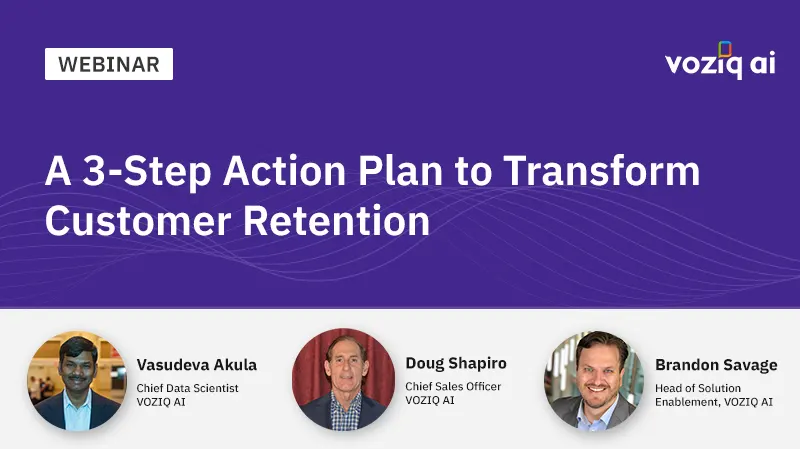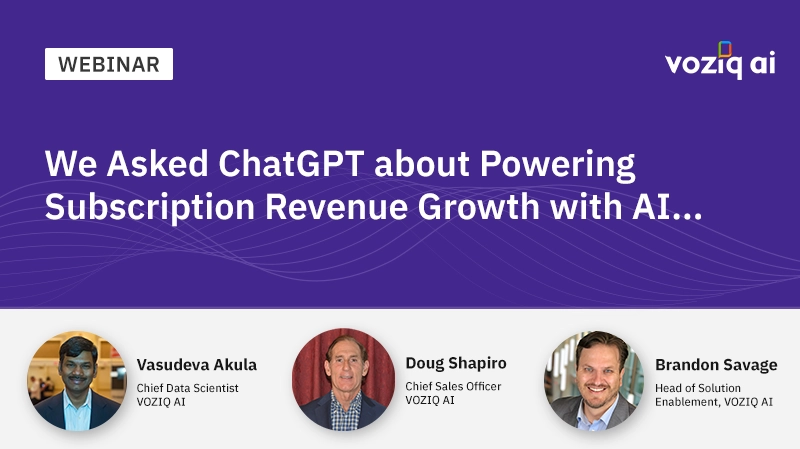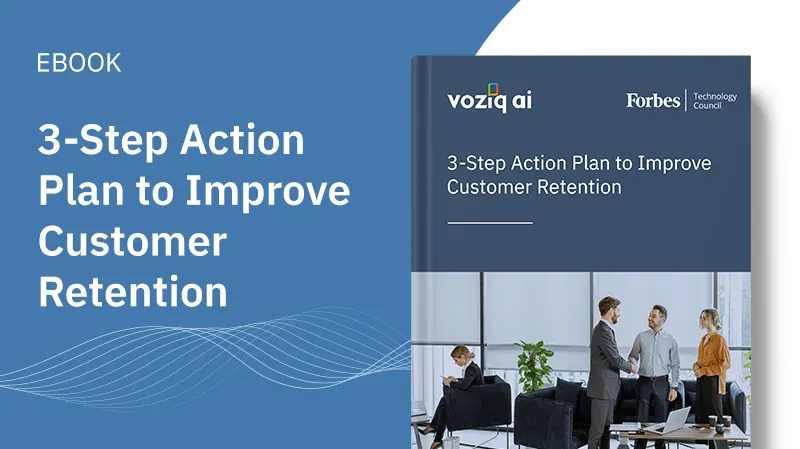Five Proven Strategies For AI-Driven Success In 2024

Five Proven Strategies For AI-Driven Success In 2024
In 2023, the synergy between customer-facing leaders and technology reached new heights. In particular, artificial intelligence (AI) played a vital role in helping them achieve customer retention and lifetime value breakthroughs. It redefined how their businesses connect, engage, and retain their valuable customer base
I will highlight the five proven AI-driven practices that successful customer retention leaders implemented in the past year. You can use these strategies to integrate AI into your growth roadmap, turn data into impact, and improve your enterprise value in 2024
1. Assessing Analytics Maturity And Identifying Quick Wins
The efficacy of a retention program hinges on unlocking the untapped potential of customer data. Mastering the art of data and analytics will be instrumental for customer retention breakthroughs in 2024. Most companies are confined to measuring past cancellations and discerning their causes. This is not enough. They should be able to predict future churn and take proactive retention measures.
That is why you must start with evaluating your data and analytics maturity. By reducing the gap between current and required capabilities, you can pinpoint churn risks and opportunities at an early stage and achieve quick wins. Gartner’s four-phase analytics maturity model can be an excellent framework for reference. This framework helps companies meticulously assess and fill strategic gaps. Retention leaders can then devise practical frameworks for systematic improvements, ensuring a holistic approach to customer engagement.
2. Creating A Business Case For AI-enabled Transformation
AI’s retention impact lies not just in its adoption. It involves tangibly demonstrating its capacity to elevate customer retention, translating into tangible revenue gains. Therefore, to tap the transformative power of AI in customer retention, you should construct a robust business case based on your customer data. Calculate associated customer-level revenue growth stemming from the predicted increase in retention rates. By dissecting the unit economics of customer retention, you can uncover the vital connection between customer churn and the bottom line.
It is also recommended that rather than fixating solely on immediate gains, you focus on the remaining customer lifetime value. For instance, consider a company with 100,000 customers. Each customer generates $50 monthly revenue with a $15 cost to serve. A mere 200 basis point reduction in churn rate will translate to a staggering $15 million increase in remaining CLV. This quantification helps you create a compelling business case and emphasizes the importance of the right ROI metrics.
3. Driving Proactive Retention And Improving CLV Through The Call Center
Customer retention efforts should start from call centers. They are a goldmine for insights into customer behaviors and potential churn indicators. It is because they are the first line of customer communication where millions of interactions are happening. AI and machine learning can use this data to turn call centers into proactive retention hubs.
By analyzing feedback, concerns and sentiments expressed during calls, you can create comprehensive risk profiles of your customers and take a proactive approach to retention. Taking it a step further, you can utilize customer risk intelligence to empower your call center agents. You can equip them with real-time risk profiles of on-call customers alongside personalized offers. This facilitates more meaningful interactions and higher offer conversion rates. This way, every customer call became an opportunity to enhance CLV.
4. Demonstrating Business Value Within The First Year
Prioritize showcasing the tangible business value of your AI-powered retention initiative within the first year of implementation. Analyze the overall value vis-a-vis the customer retention business case you prepared initially. This involves delving into the calculated CLV, the cost of offers and the net present value (NPV) for retained customers.
The ability to quantify and communicate the value proposition within the initial year vividly illustrates the concrete benefits of AI. It lays the foundation for sustained engagement and the continued success of AI-driven customer retention. This approach not only emphasizes the immediate impact but also sets the stage for long-term customer satisfaction and loyalty. In the process, it strategically positions your business for sustained growth.
5. Expanding To Additional Channels And CLV Use Cases
Once AI-driven retention is successful in the call center, you can extend your reach by scaling your retention strategies across multiple channels, such as email, website or social media. A seamless integration of data insights from various touchpoints helps you create a holistic view of customer interactions and behaviors. It allows you to create an accurate risk profile for each customer.
Using this intelligence, you can deploy AI models across all customer channels to diversify your approach and amplify the impact of retention efforts. You can also consider deploying additional models to enrich CLV use cases. It can involve revenue enhancement through upgrades, add-ons, referrals and strategic price adjustments. Thus, you can tap into new revenue streams while simultaneously enhancing the overall customer experience.
Furthermore, regular infusion of new customer interaction data will result in a continuous improvement cycle. It will refine and optimize the models over time. This will result in not only sustained but progressively improved customer retention outcomes and CLV growth.






